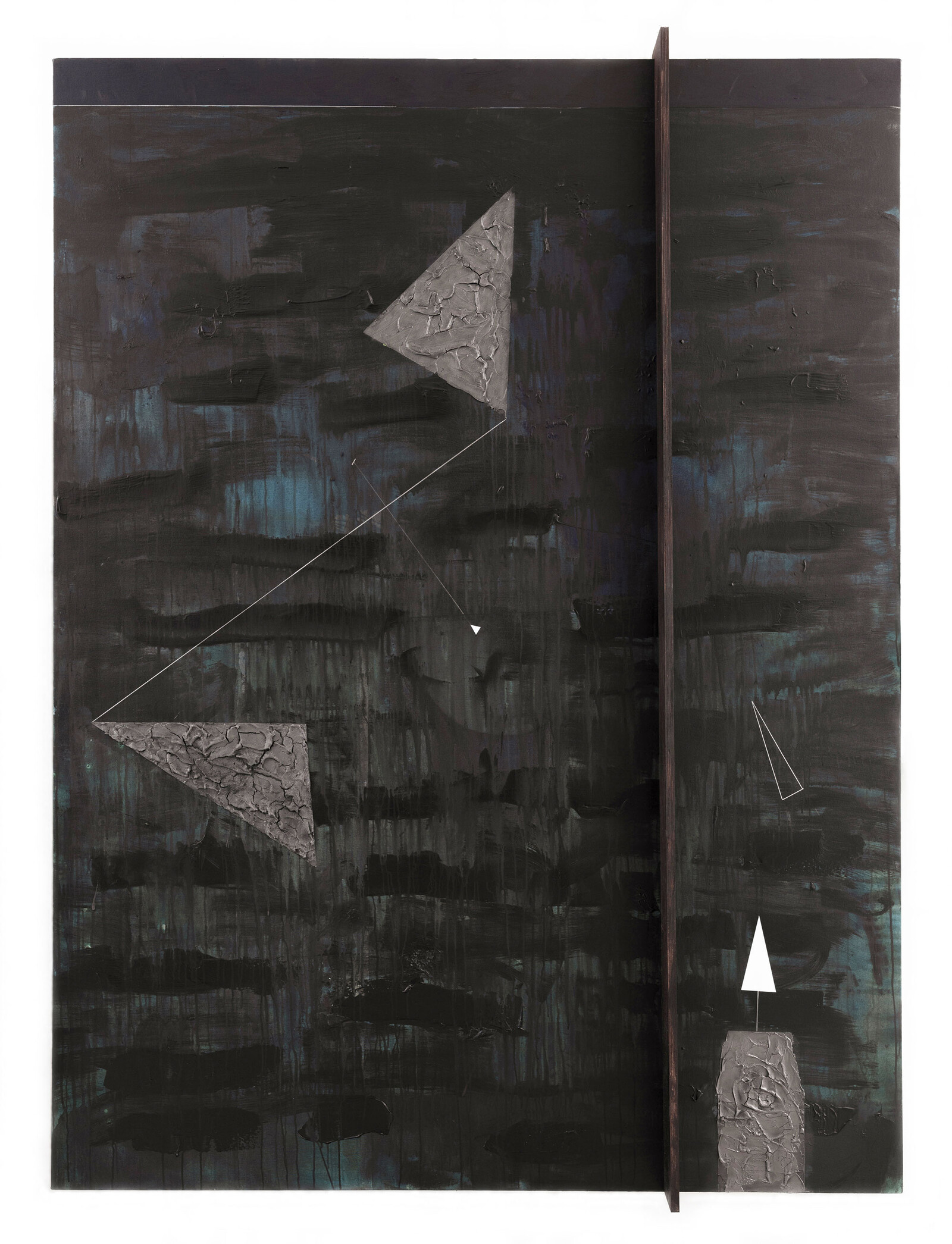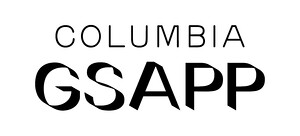1919: Black Water
September 27–December 14, 2019
Arthur Ross Architecture Gallery, 515 W 116th St, New York, NY 10027
Avery Hall
1172 Amsterdam Avenue
New York, New York 10027
United States
T +1 212 854 3414
Columbia GSAPP presents 1919: Black Water, a solo exhibition of site-specific paintings and sculpture by New York-based artist Torkwase Dyson.
Combining expressive mark-making and geometric abstraction, Torkwase Dyson creates visual and material systems that explore relationships between bodily movement and architecture. Through painting, sculpture, and drawing Dyson disrupts and reimagines spatial dynamics, engaging with pressing issues concerning climate change and environmental justice to uncover new perspectives on geography and belonging.
In 1919: Black Water Dyson responds to the 100th anniversary of the “Red Summer” of 1919, a period of heightened racial violence across the U.S. Her point of entry is a tragic episode that unfolded in the segregated waters of Chicago’s South Side beaches. On July 27, 1919 five black teenagers went swimming in Lake Michigan alongside a homemade raft and drifted near the unmarked boundary that extended from the black and white beaches. As tensions between black and white beachgoers erupted on the shore, a white Chicagoan in the water assaulted the boys, throwing stones at them. One of the boys, Eugene Williams, was struck in the head and drowned.
Dyson reexamines this story, which provides a historical framework to think through the contested geography of water and the relationships between race, climate migration, and the architectural imagination. In particular, she considers the industrial waste that flowed into the water where the boys swam, which both warmed and cooled the lake, and the raft that they built from infrastructural debris to navigate its “hot” and “cold” zones. For Dyson, the raft—an ordinary object designed and built by the teenage boys, yet often omitted from historical narratives—is an architectural structure of extraordinary significance: a constructed space of refuge, but also a space of liberation.
Dyson grapples with these modulations of temperature and political agency, advancing her research on the ways that black and brown bodies perceive and negotiate space, and the ways that water, historically and in the present, has operated as a contested site. A series of paintings incorporate cumulative layers of washes, colors, textures, geometric markings, and sculptural modules. In addition, she has designed an abstract sculpture that uses transparency and geometry to reflect on the interstitial political and environmental conditions that the boys on the raft created and occupied. The works are the culmination of a creative process that has entailed historical research, material experiments, drawing, model making, and exchanges with architects, students, and scholars at Columbia GSAPP, where the School’s Making Studio has provided fabrication support.
The exhibition 1919: Black Water is organized by Columbia GSAPP and curated by Irene Sunwoo, GSAPP Director of Exhibitions and Curator of the Arthur Ross Architecture Gallery.
1919: Black Water reinforces Columbia GSAPP’s commitment to environmental concerns, which is expressed through the School’s progressive approach to architectural education and its robust program of public events. The School continually re-examines the ways that pedagogy can respond to the expanding purview of global architectural practice and the forces that shape the built environment—such as climate change, sustainability, emerging technologies, and social equity—and provides a public platform to advance discussions on how the field engages with these issues. In addition to the exhibition 1919: Black Water, during the Fall 2019 semester GSAPP is also launching “Public Works for a Green New Deal,” an initiative sponsored by the Temple Hoyne Buell Center for the Study of American Architecture and part of the Center’s ongoing “Power: Infrastructure in America” project. “Public Works” assembles research, design studios, and public programs that respond to the social, technical, and political contours of the Green New Deal resolution. Events will take place at Columbia GSAPP, as well as at partner institutions including the University of Pennsylvania and the Queens Museum.


